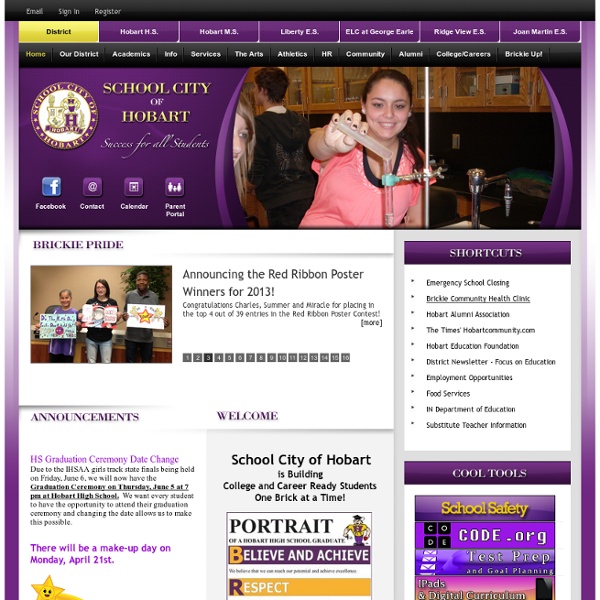



Fire of 1776 The Skyscraper Museum is devoted to the study of high-rise building, past, present, and future. The Museum explores tall buildings as objects of design, products of technology, sites of construction, investments in real estate, and places of work and residence. This site will look better in a browser that supports web standards, but it is accessible to any browser or Internet device. Martha J. New York was the only American city to remain under British military occupation for nearly the entire Revolutionary War, and it suffered more physical damage than any other city. Just after midnight on September 21, a fire broke out in the Fighting Cocks Tavern on Whitehall Street and quickly spread uptown and by 2 a.m. had consumed Trinity Church. good layman ecology books? | Ecology and the environment Depending on how narrowly you want to focus on ecology, several authors come to mind (kind of obvious) - Edward O. It might be a good idea to read stuff on the ecology of your own region, if you can, stuff you can go out and see for yourself. Your local nature center might have some. And you can't go wrong with Darwin. If you've read The Beak of the Finch, then you have to read Voyage of the Beagle. It's the least technical Darwin's stuff.
FDNY A History Over three hundred years ago, American firefighting consisted of four volunteers and their buckets of water. In 1648, New Amsterdam Governor Peter Stuyvesant appointed four fire wardens to patrol the area between the streets, inspect chimneys to be sure they had been swept properly, and to enforce the ban on wooden chimneys. Fire fighting and city politics have been intertwined ever since Stuyvesant shrewdly split these warden appointments between two Dutchmen and two Englishmen. In 1657, a log cabin fire prompted New Amsterdam's Dutch colonists to establish a group of eight night watchmen, whose duty was to wander the streets after dark, looking for fires or suspicious individuals. Officially, the watchmen were called the "Rattle Watch" because of the wooden rattles they carried to sound a fire alarm, but the town's people simply referred to them as the "Prowlers." In 1664, the English took over New Amsterdam, renaming it New York.
The Biology Corner The Great Fire Great Fire of 1776 "Scene at a fire (From an old fire certificate," Our Firemen: A History of the New York City Fire Departments, 1887. During the revolutionary war, in the summer of 1776, the city experienced another major fire. George Washington and other officers in the Revolutionary army had decided that the city would be difficult to defend against the overwhelming British force. Washington mused that some honest patriot might have helped them out by setting the fire.
BiologyJunction The Great New York Fire of 1776 New York Colony - Fear of Negro Insurrections - New York Riots of 1765 - The Fields of New York - The Eve of Revolution in New York - Capture of New York - Great New York Fire of 1776 - Evacuation of New York in 1783 New York in the Civil War - The New York Draft Riots (1862) Great Fire of 1776.-The British anticipated snug winter quarters in the city of New York, when, at a little past midnight, Sept. 21, 1776, a fire broke out in a low drinking-place and brothel -a wooden building on the wharf, near White-hall Slip. The wind was brisk from the southwest, and the flames spread rapidly, unchecked, for there were few inhabitants in the city. Every building between White-hall and Broad streets up to Beaver Street was consumed, when the wind veered to the southeast and drove the flames towards Broadway. The buildings on each side of Beaver Street to the Bowling Green were burned.
ENSI/SENSI: Evolution/Nat.of Sci.Home Page 19 February 2017 ATTENTION, FILMMAKERS! A chance to make a film about evolution and win a prize! Scientists and science educators of all stripes -- students, postdocs, faculty, and full- or part-time science communicators -- are invited to enter the Seventh Annual Evolution Video Competition, sponsored by the Duke Initiative for Science & Society, the Howard Hughes Medical Institute, the Society for the Study of Evolution, and the BEACON Center for the Study of Evolution in Action. To enter, please submit a video that explains a fun fact, key concept, compelling question, or exciting area of evolution research in three minutes or less. The finalists will be screened at the Evolution 2017 meeting in Portland, Oregon. For information about the contest, visit: